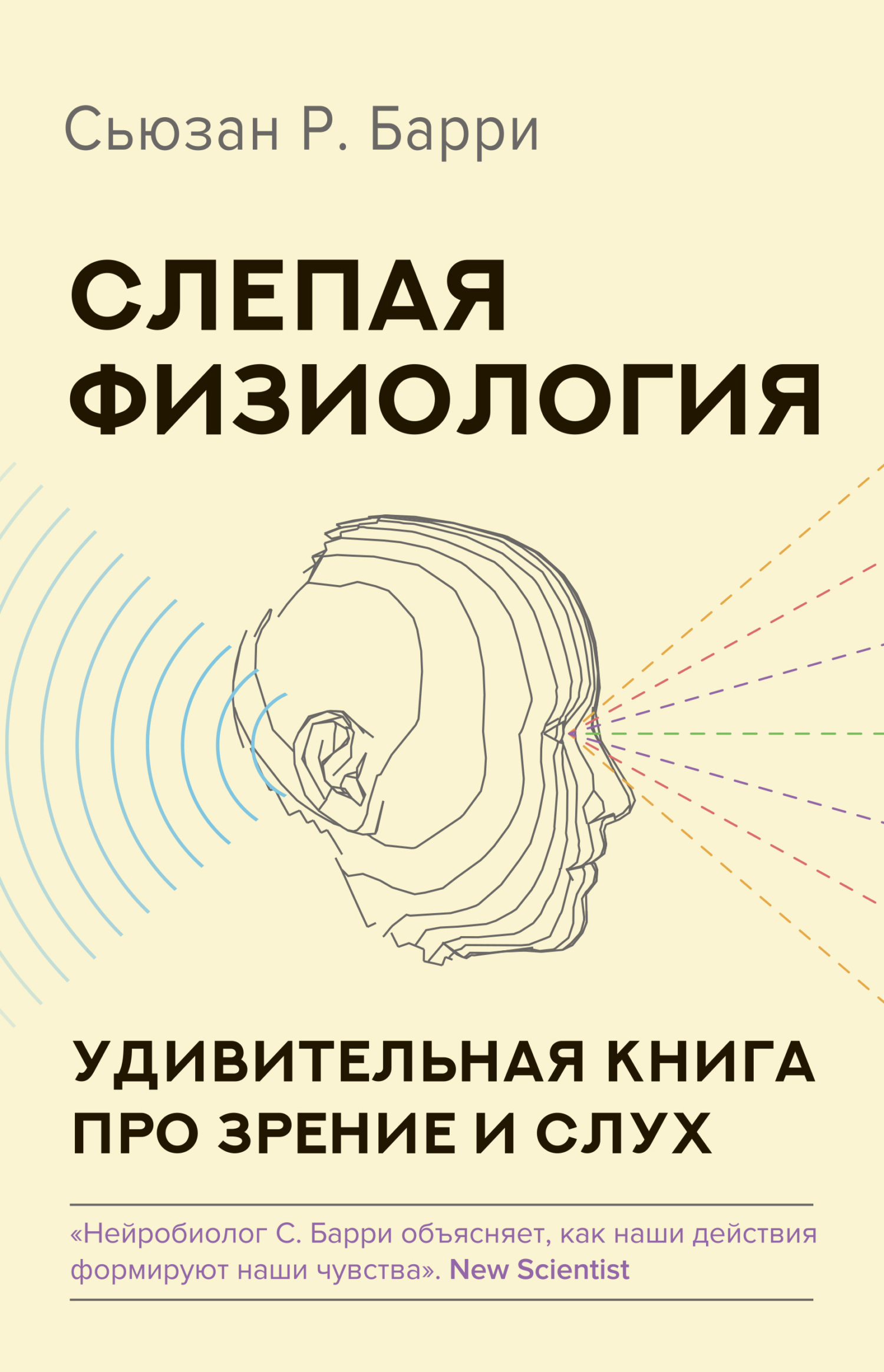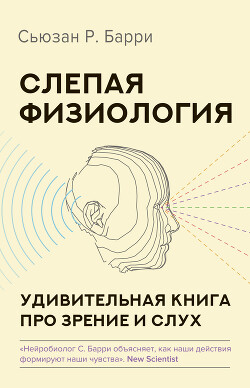Henry Holt, 1890).
E. J. Gibson and A. D. Pick, An Ecological Approach to Perceptual Learning and Development (New York: Oxford University Press, 2000).
E. Goldberg, Creativity: The Human Brain in the Age of Innovation (New York: Oxford University Press, 2018).
Goldberg, Creativity.
См. также: P. F. MacNeilage, L. J. Rogers, and G. Vallortigara, “Origins of the Left and Right Brain,” Scientific American 301 (2009): 60–67.
S. – J. Blakemore, Inventing Ourselves: The Secret Life of the Teenage Brain (New York: Public Affairs, 2018).
R. L. Gregory and J. G. Wallace, Recovery from Early Blindness: A Case Study, Monograph No. 2 (Cambridge, UK: Experimental Psychology Society, 1963), 33.
Blakemore, Inventing Ourselves.
S. E. Asch, “Effects of Group Pressure upon the Modification and Distortion of Judgments,” in Groups, Leadership and Men: Research in Human Relations, ed. H. Guetzkow (Oxford, UK: Carnegie Press, 1951).
Blakemore, Inventing Ourselves; L. H. Somerville, “Searching for Signatures of Brain Maturity: What Are We Searching For?” Neuron 92 (2016): 1164–1167; A. W. Toga, P. M. Thompson, and E. R. Sowell, “Mapping Brain Maturation,” Trends in Neuroscience 29 (2006): 148–159.
Toga, Thompson, and Sowell, “Mapping Brain Maturation.”
E. M. Finney, I. Fine, and K. R. Dobkins, “Visual Stimuli Activate Auditory Cortex in the Deaf,” Nature Neuroscience 4 (2001): 1171–1173.
M. Saenz et al., “Visual Motion Area MT+/V5 Responds to Auditory Motion in Human Sight-Recovery Subjects,” Journal of Neuroscience 28 (2008): 5141–5148; H. Burton et al., “Adaptive Changes in Early and Late Blind: A fMRI Study of Braille Reading,” Journal of Neurophysiology 87 (2002): 589–607; A. Pascual-Leone and R. Hamilton, “The Metamodal Organization of the Brain,” Progress in Brain Research 134 (2001): 427–445; L. B. Merabet et al., “Rapid and Reversible Recruitment of Early Visual Cortex for Touch,” PLOS One 3 (2008): e3046.
Pascual-Leone and Hamilton, “The Metamodal Organization of the Brain”; Merabet et al., “Rapid and Reversible Recruitment of Early Visual Cortex for Touch.”
Saenz et al., “Visual Motion Area MT+/V5 Responds to Auditory Motion.”
H. J. Neville et al., “Cerebral Organization for Language in Deaf and Hearing Subjects: Biological Constraints and Effects of Experience,” Proceedings of the National Academy of Sciences 95 (1998): 922–929.
Saenz et al., “Visual Motion Area MT+/V5 Responds to Auditory Motion.”
Barry, Fixing My Gaze.
Gregory and Wallace, Recovery from Early Blindness.
Chorost, Rebuilt, 171–172.
M. Ross, “A Retrospective Look at the Future of Aural Rehabilitation,” Journal of the Academy of Rehabilitative Audiology 30 (1997): 11–28.
Ross, “A Retrospective Look at the Future of Aural Rehabilitation.”
Barry, Fixing My Gaze.
Chorost, Rebuilt, 171.
B. Biderman, Wired for Sound: A Journey into Hearing, rev. ed. (Toronto: Journey into Hearing Press, 2016).
M. von Senden, Space and Sight: The Perception of Space and Shape in the Congenitally Blind Before and After Operation (Glencoe, IL: Free Press, 1960), 160.
Barry, Fixing My Gaze; Goldberg, Creativity; D. Bavelier et al., “Removing Brakes on Adult Brain Plasticity: From Molecular to Behavioral Interventions,” Journal of Neuroscience 30 (2010): 14964–14971; C. D. Gilbert and W. Li, “Adult Visual Cortical Plasticity,” Neuron 75 (2012): 250–264; E. Goldberg, The Wisdom Paradox: How Your Mind Can Grow Stronger as Your Brain Grows Older (New York: Gotham Books, 2005); A. Pascual-Leone et al., “The Plastic Human Brain Cortex,” Annual Review of Neuroscience 28 (2005): 377–401; E. R. Kandel, In Search of Memory: The Emergence of a New Science of Mind (New York: W. W. Norton and Co., 2006); M. M. Merzenich, T. M. Van Vleet, and M. Nahum, “Brain Plasticity-Based Therapeutics,” Frontiers in Human Neuroscience 8 (2014): doi, 10.3389/fnhum.2014.00385; Q. Gu, “Neuromodulatory Transmitter Systems in the Cortex and Their Role in Cortical Plasticity,” Neuroscience 111 (2002): 815–835.
S. Anderson and N. Kraus, “Auditory Training: Evidence for Neural Plasticity in Older Adults,” Perspectives on Hearing and Hearing Disorders: Research and Research Diagnostics 17 (2013): 37–57; D. M. Levi, D. C. Knill, and D. Bavelier, “Stereopsis and Amblyopia: A Mini-Review,” Vision Research 28 (2015): 377–401.
A. Romoff, Listening Closely: A Journey to Bilateral Hearing (Watertown, MA: Imagine Publishing, 2011), 164.
Barry, Fixing My Gaze; Goldberg, Creativity; Bavelier et al., “Removing Brakes on Adult Brain Plasticity”; Gilbert and Li, “Adult Visual Cortical Plasticity”; Goldberg, The Wisdom Paradox; Pascual-Leone et al., “The Plastic Human Brain Cortex”; Kandel, In Search of Memory; Merzenich, Van Vleet, and Nahum, “Brain Plasticity-Based Therapeutics”; Gu, “Neuromodulatory Transmitter Systems in the Cortex”; Romoff, Listening Closely; P. R. Roelfsema, A. van Ooyen, and T. Watanabe, “Perceptual Learning Rules Based on Reinforcers and Attention,” Trends in Cognitive Sciences 14 (2010): 64–71; S. Bao et al., “Progressive Degradation and Subsequent Refinement of Acoustic Representations in the Adult Auditory Cortex,” Journal of Neuroscience 26 (2003): 10765–10775; A. S. Keuroghlian and E. I. Knudsen, “Adaptive Auditory Plasticity in Developing and Adult Animals,” Progress in Neurobiology 82 (2007): 109–121.
Gregory and Wallace, Recovery from Early Blindness.
Biderman, Wired for Sound, 26–27.





